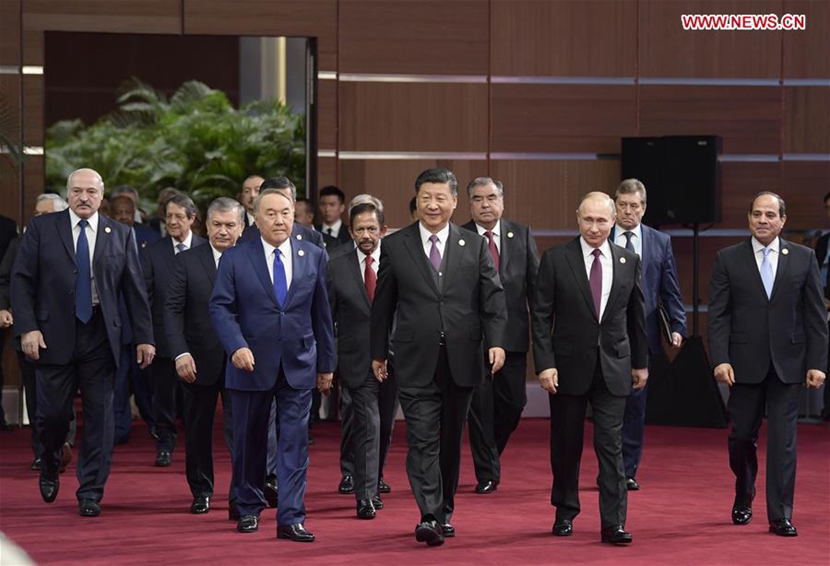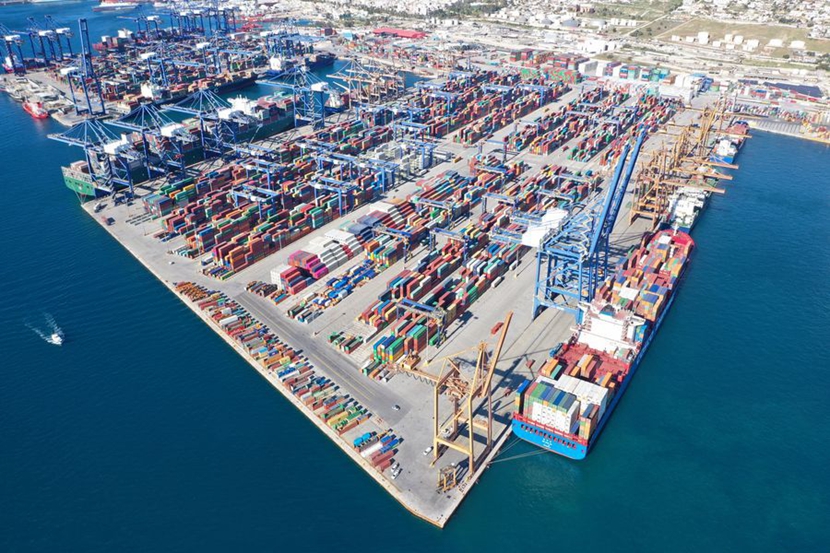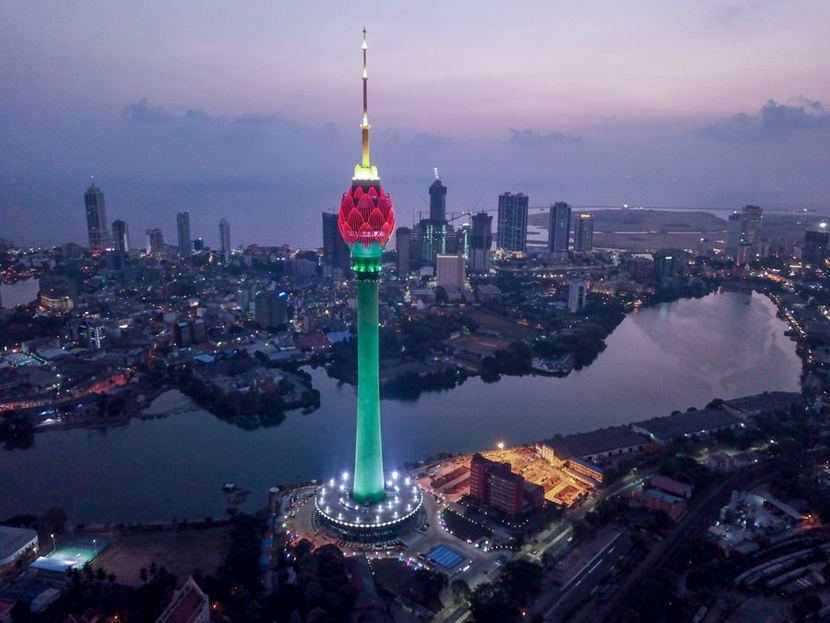
The Belt and Road Initiative (BRI), proposed by China in 2013, has grown into one of the most promising platforms for international cooperation, forging a new pathway toward inclusive globalization that delivers shared benefits.
The initiative aims to build a trade and infrastructure network connecting Asia with Europe and Africa along the ancient Silk Road trade routes to seek common development and prosperity.
The Belt, or Silk Road Economic Belt, was officially announced during Chinese President Xi Jinping's visit to Kazakhstan in September 2013. In a speech at Kazakhstan's Nazarbayev University on Sept. 7, Xi recalled the 2,000-plus-year history of exchanges between China and Central Asia along the ancient Silk Road, and proposed joining hands to build a Silk Road Economic Belt with innovative cooperation model and making it a grand cause benefiting people in countries along the route.
The Road is short for the 21st-Century Maritime Silk Road, inaugurated during Xi's speech at the Indonesian Parliament in October of the same year, to promote maritime cooperation. Starting with the launch of individual projects expected to help spur on a wider range of cooperative activities, it envisions a network of interconnected markets linking ASEAN, South Asia, West Asia, North Africa and Europe, and a strategic partnership for the South China Sea and the Pacific and Indian oceans.

The BRI serves as a way for China to participate in global opening-up and cooperation, improve global economic governance, promote common development and prosperity, and build a community with a shared future for humanity.
So far, China has signed 205 cooperation documents on jointly building the BRI with 171 countries and international organizations.
